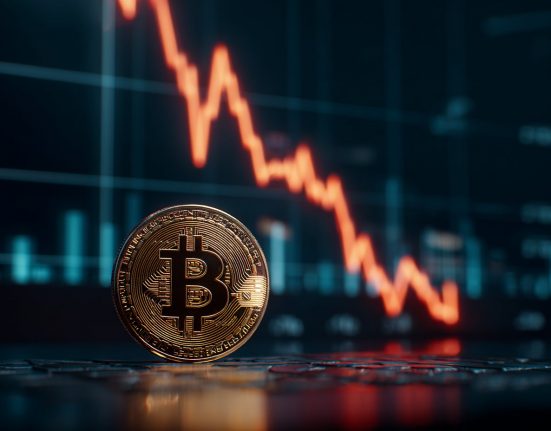The prospects for returns are much brighter, with bond yields at the highest levels since the global financial crisis
The current divergence in global market conditions is striking. Some central banks are cutting rates while others, including the US Federal Reserve, are in a holding pattern for now and some are hiking. This has created a complex environment for managing fixed income portfolios. But the prospects for returns have brightened significantly with bond yields at the highest levels since the global financial crisis.
We believe investors should increase allocations to higher quality fixed income in the more liquid parts of their portfolios. Active management remains crucial, though, given the uncertain trajectory of US monetary policy. The cost of capital is likely to stay elevated for a while. This is a “higher for longer” environment.
At the beginning of January, markets priced in 1.5 percentage points of Fed rate cuts, predicated on widespread expectations of inflation deceleration. Many investors foresaw a Goldilocks scenario — a soft landing of the US economy coupled with reduced inflation. That soft landing seems to be taking hold. But inflation remains stubbornly in excess of the Fed’s 2 per cent target: data this week showed US inflation slipped slightly in April to 3.4 per cent annually after 3.5 per cent in March. Investors are now pricing in two 0.25 percentage point cuts by the end of the year.
This may suggest that Fed rate cuts will start later and be shallower than some expect. In the medium term — six months to a year, perhaps — inflation is highly likely to diminish, and the Fed’s next move is still unlikely to be a rate hike. More probable is a continuation of “higher for longer,” which can also be thought of as “higher and hold”.
For investors who want exposure to nominal growth in this environment, US equities are in a good place. Yet it may be time to take some chips off the table if higher rates impede corporate profitability, whether by squeezing lower-end consumers or making corporations reluctant to take on projects at higher financing rates.
Many of our clients with sizeable equity holdings are reviewing their positions, leading in some cases to allocation shifts to fixed income. Some in the pension fund community are now in a position to lock in gains from strong equity performances to rebalance portfolios more to fixed income. The 100 largest US corporate defined benefit pension plans were 103 per cent funded at the end of April, according to actuarial consultants Milliman. That is the highest level since the 2007-08 financial crisis.
It must be acknowledged that predicting what the Fed will do next is more challenging. Chair Jay Powell and the Fed governors need confidence in the data to be able to cut rates, but the data lacks perfect clarity. Recent consumer inflation figures have been higher than expected by markets mainly because of upward price pressure in areas such as auto insurance that have a longer lag to respond to monetary policy moves. But a bevy of data on consumer inflation, non-farm payrolls and employment costs are coming before the Fed’s July meeting. This will serve as an adequate sample set to determine if a cut as early as July is reasonable.
Inflation should begin to come down, though, and the Fed will be able to cut rates. It is a matter of when, not if.
We believe that investors should move up in quality and reap the carry — the spread over the risk-free interest rate on government bonds. Right now, we think there is great yield and opportunity afforded in even the high-quality part of the market such as select investment grade corporates and structured products with AAA or AA credit ratings.
The Bloomberg US Aggregate index — a proxy of investment grade bonds — currently has a yield of 5.1 per cent. The 10-year average for this index is roughly 2.7 per cent and 20-year average is 3.25 per cent.
If as an investor you like those 5 per cent yields in money market funds, they might not be available for much longer unless you go out of the yield curve and seek bonds of longer maturity.
With the high cost of capital, we do not suggest going into the riskiest parts of the market. Investors should deeply evaluate leveraged structures, companies and countries that may need refinancing — even more so now.
For those investors seeking more returns by taking on greater risk, that 5 per cent yield can be enhanced with exposure to the likes of structured products, bank loans, and emerging markets.
Given that higher rates might still lead to dislocations in credit markets, there is a need to be cautious to protect investor capital. But in general, fixed income should experience a higher love in a “higher hold” world.







